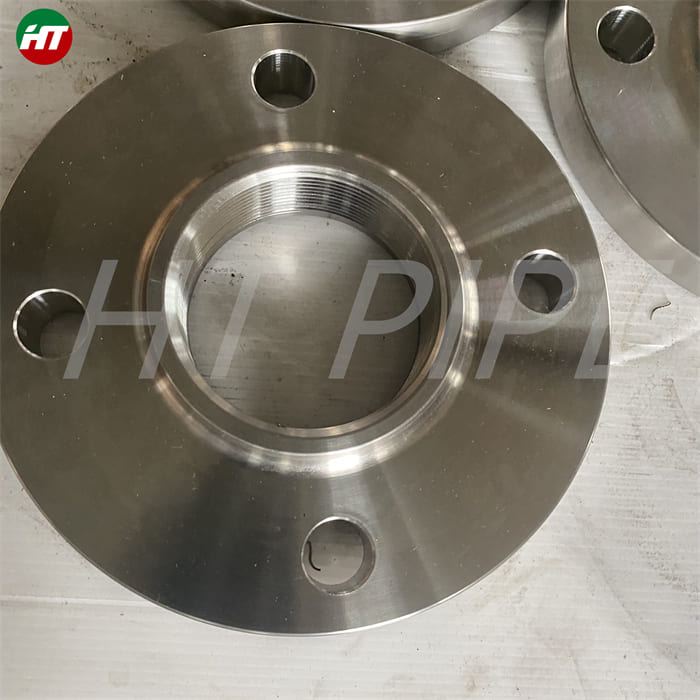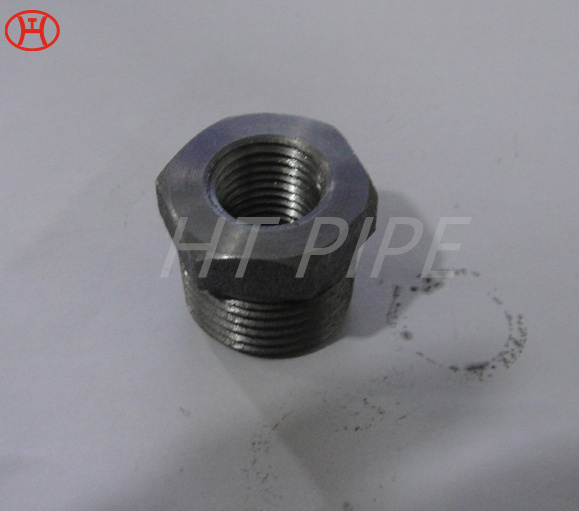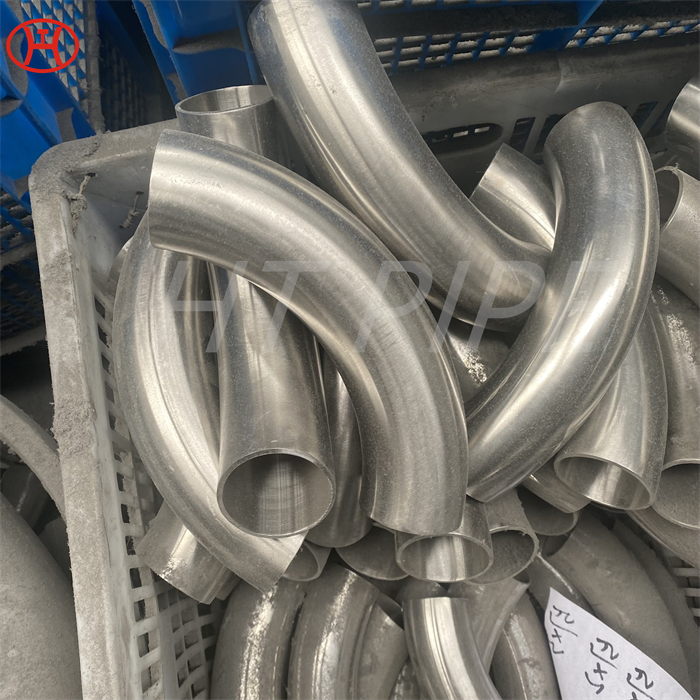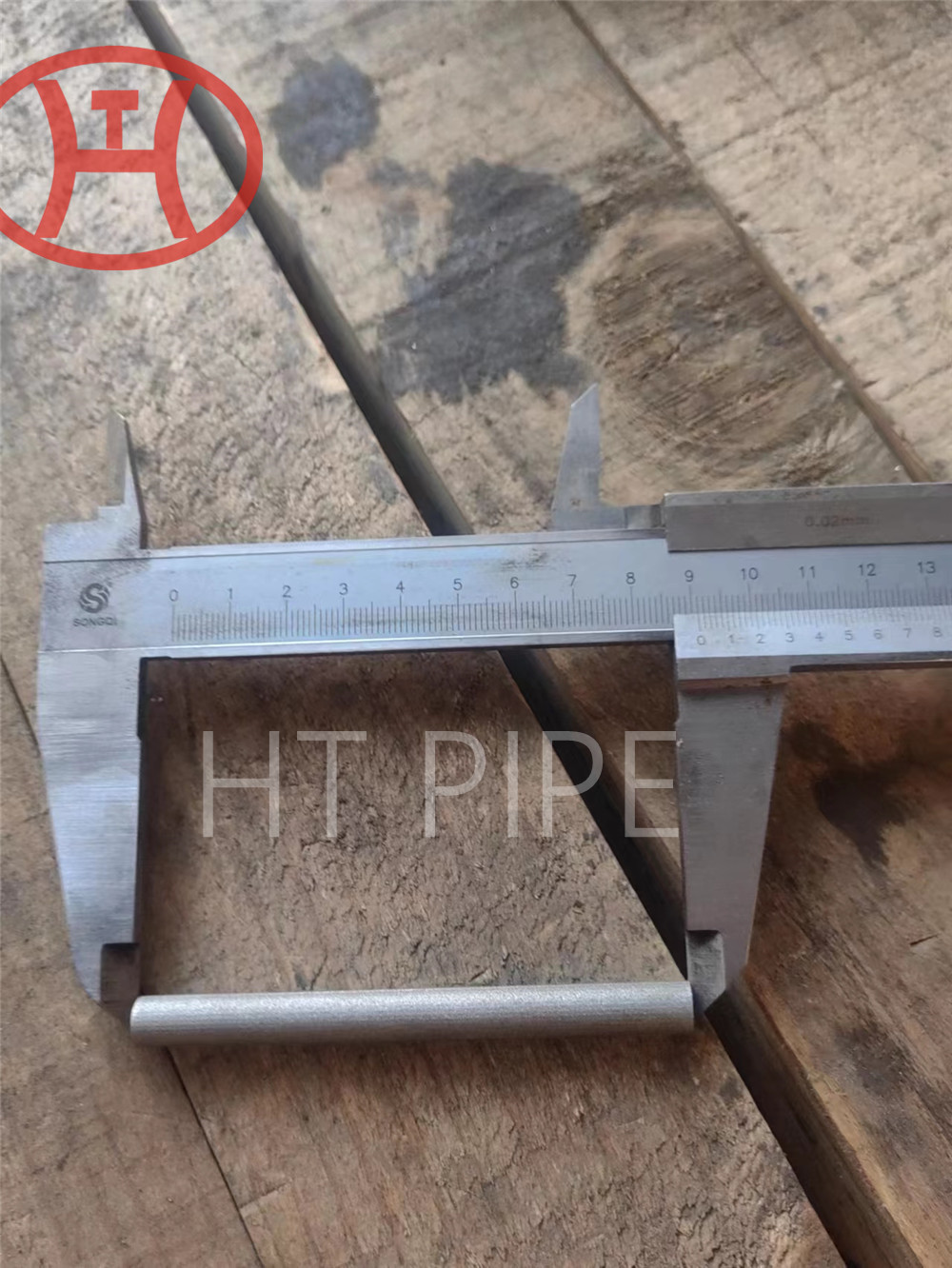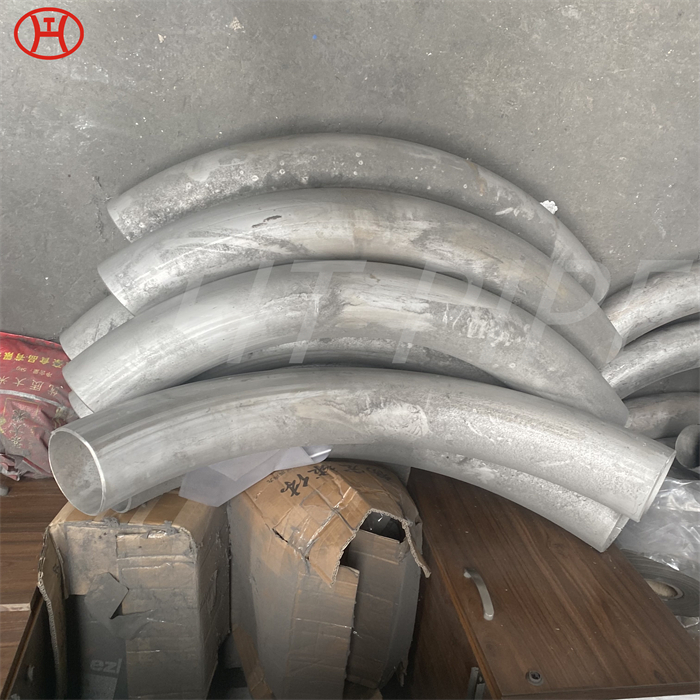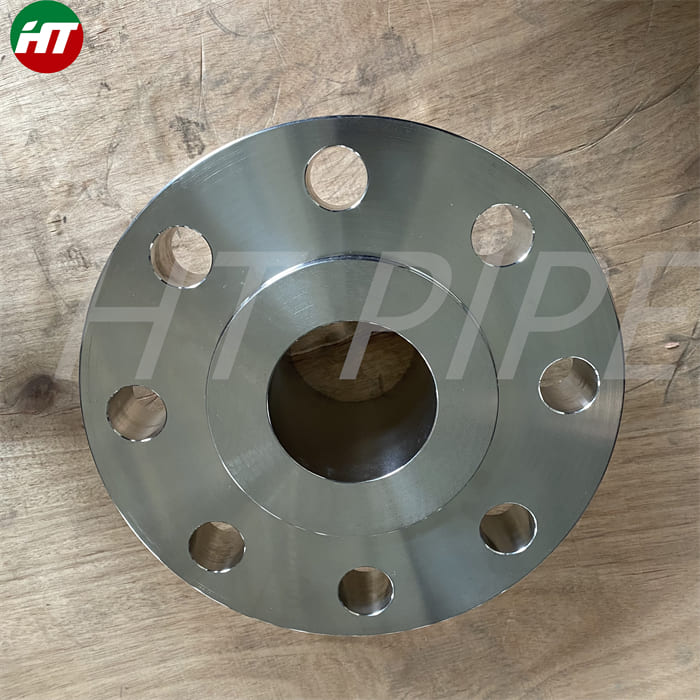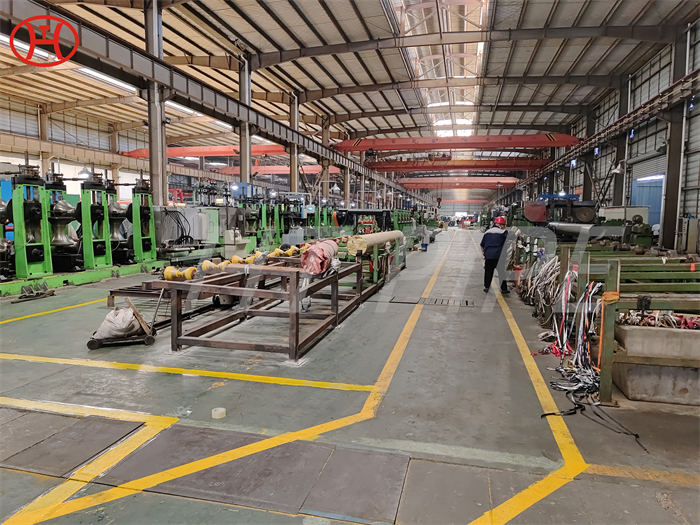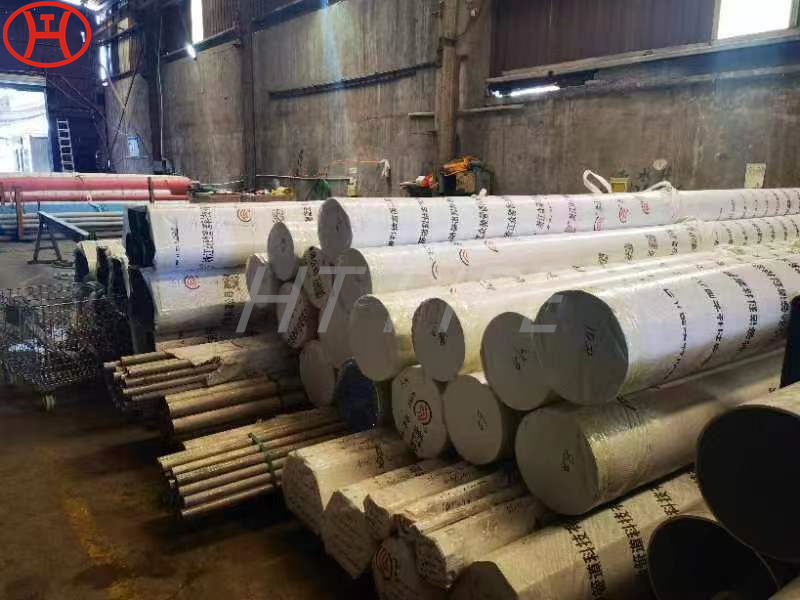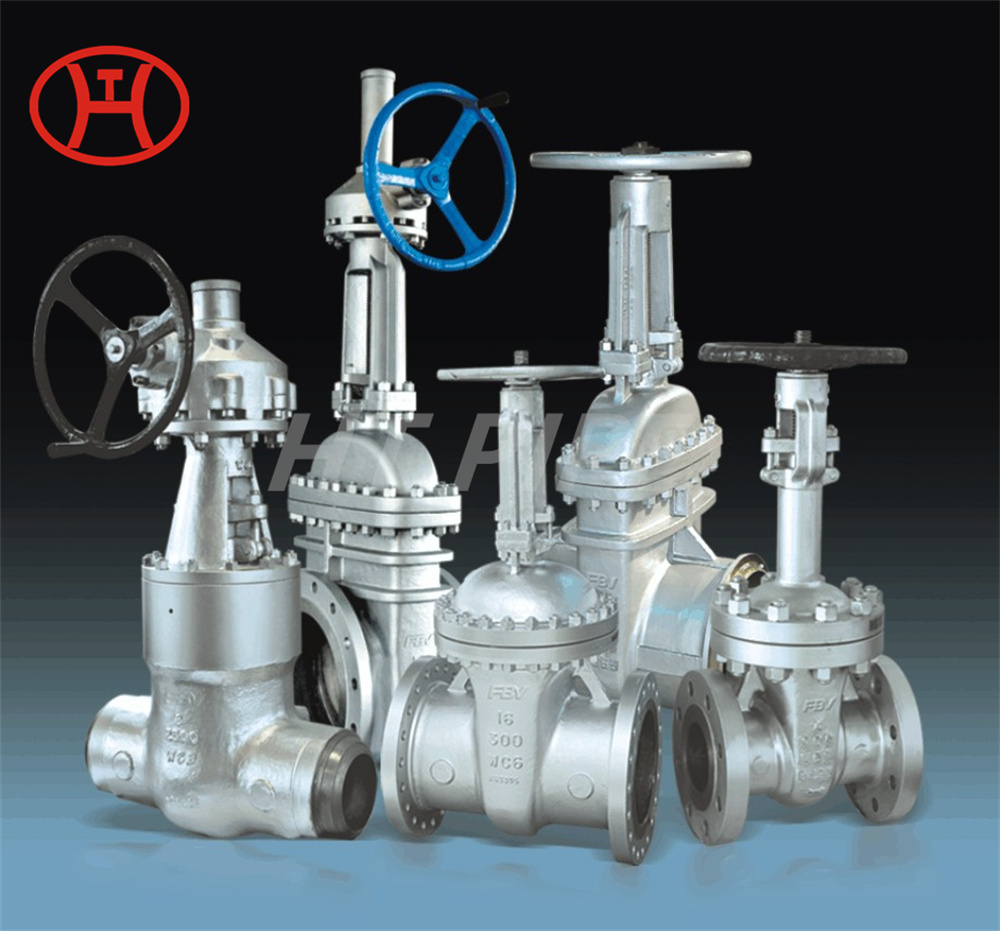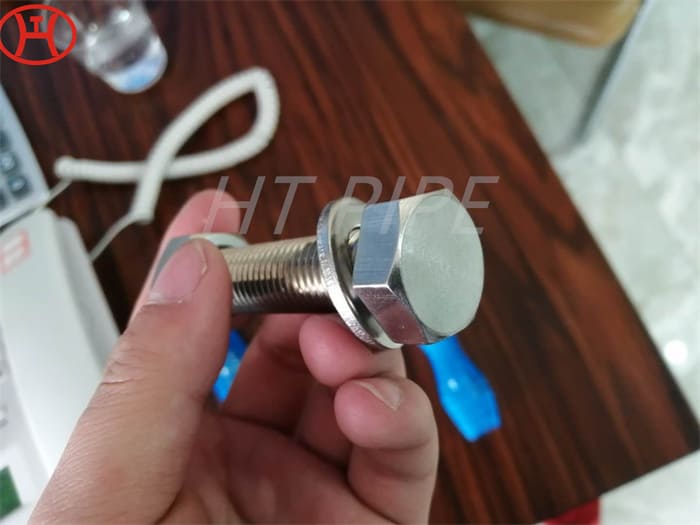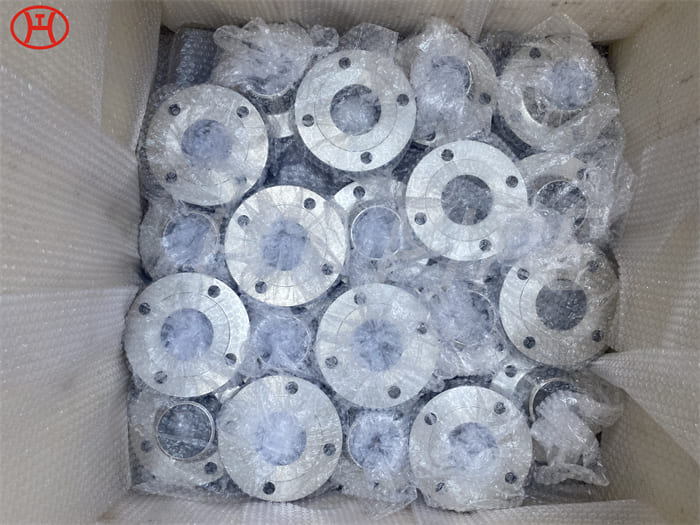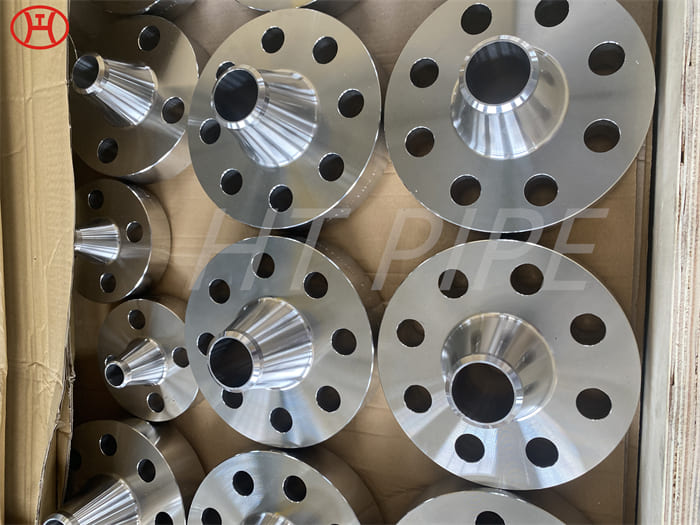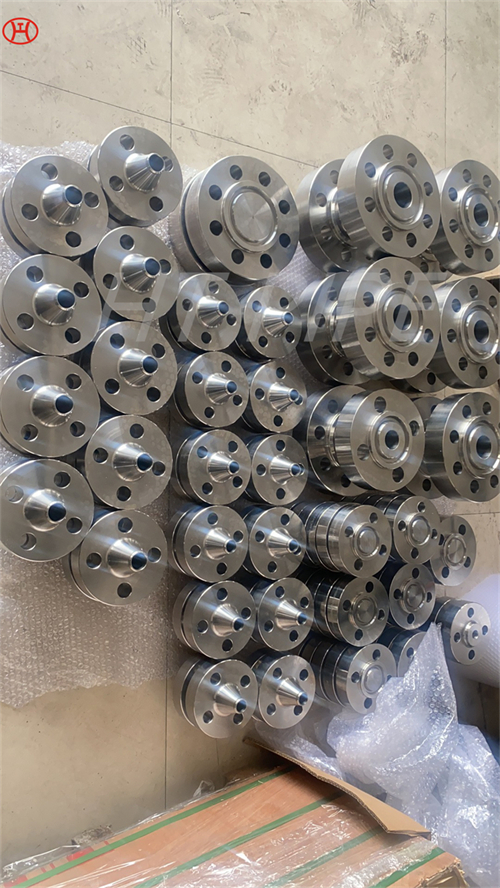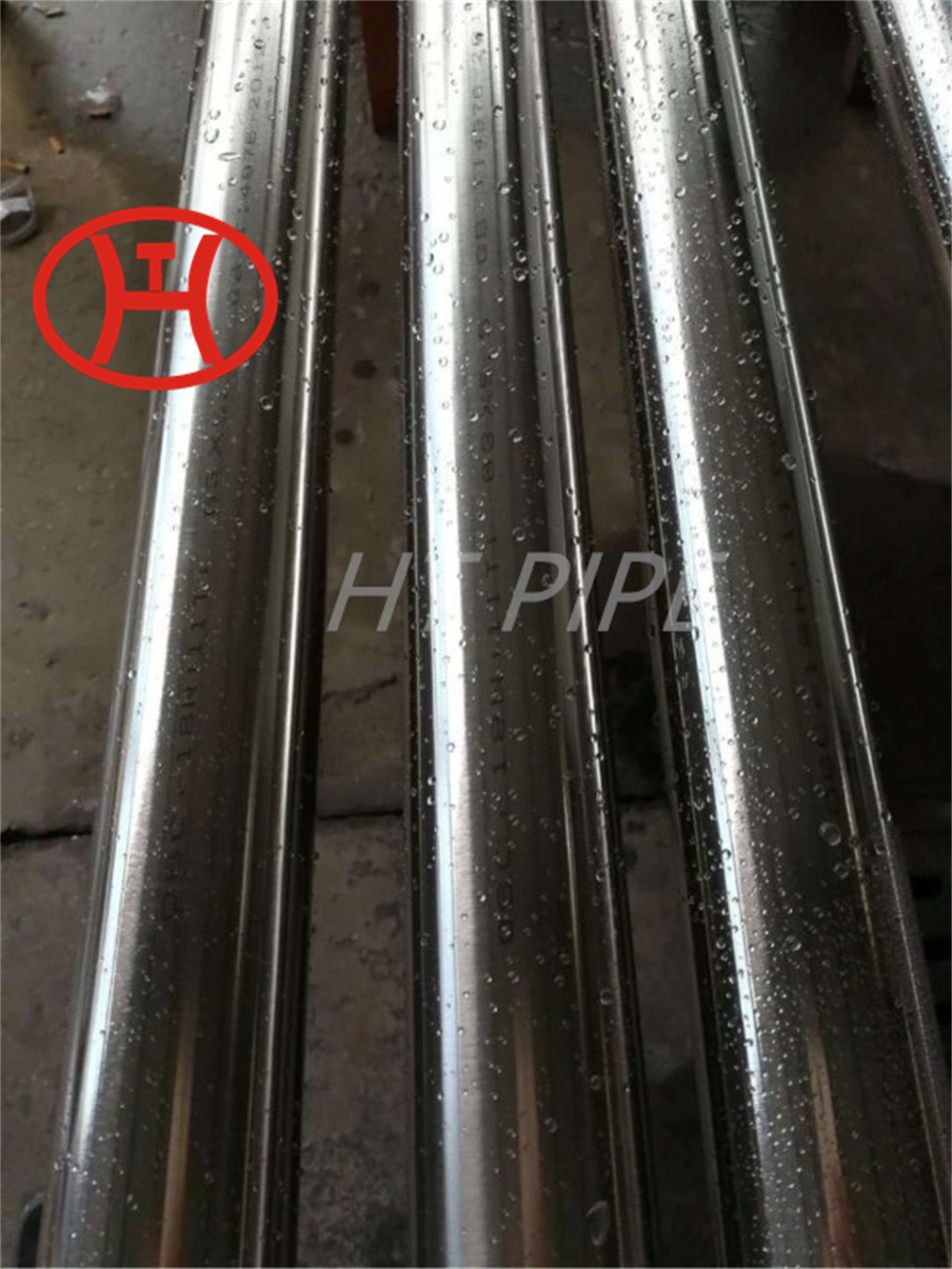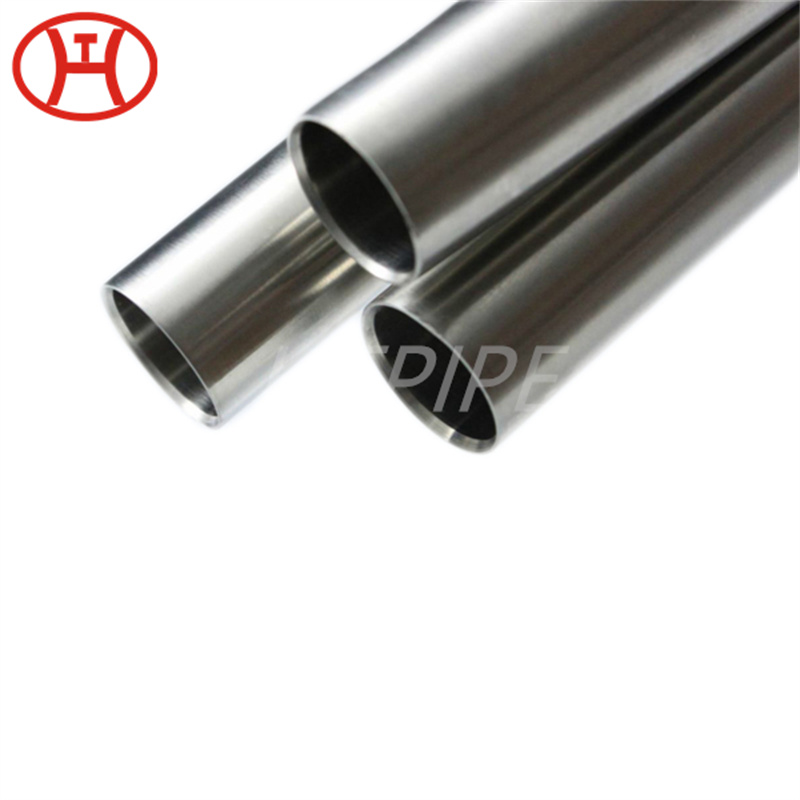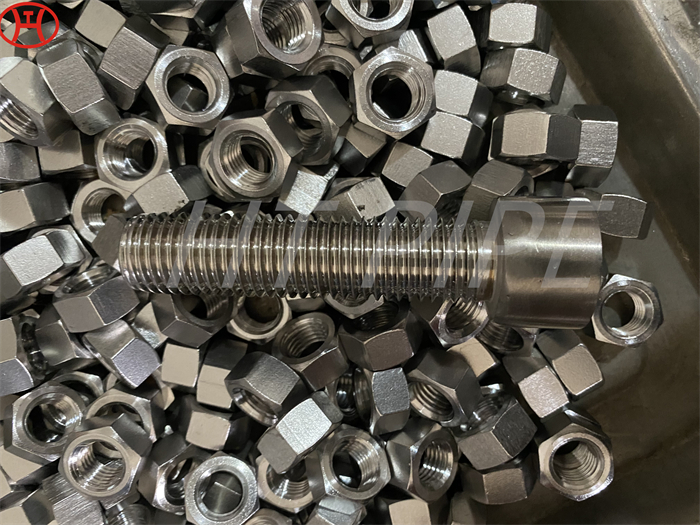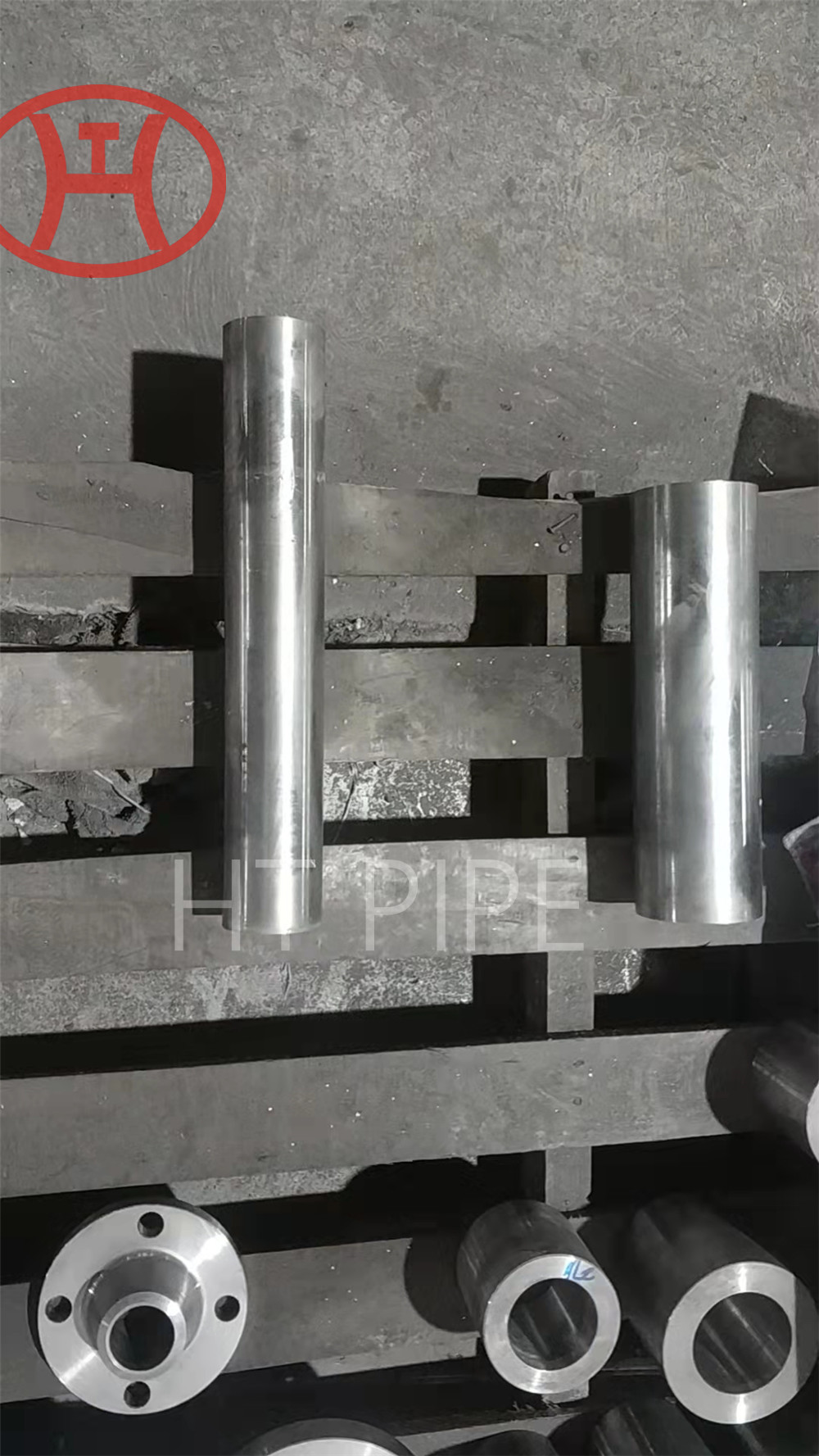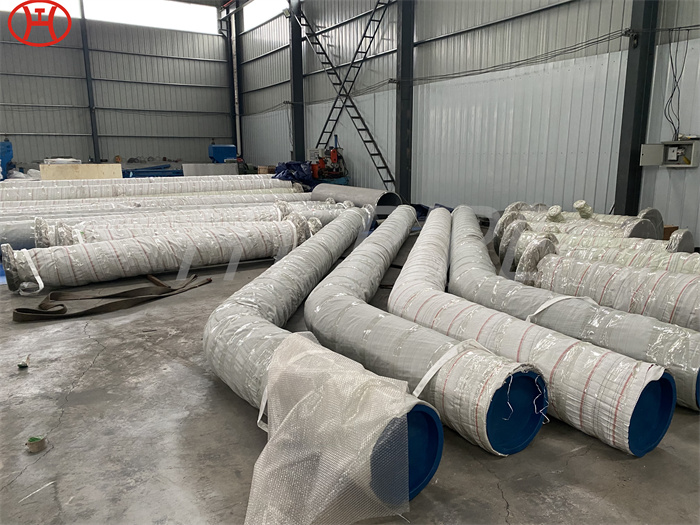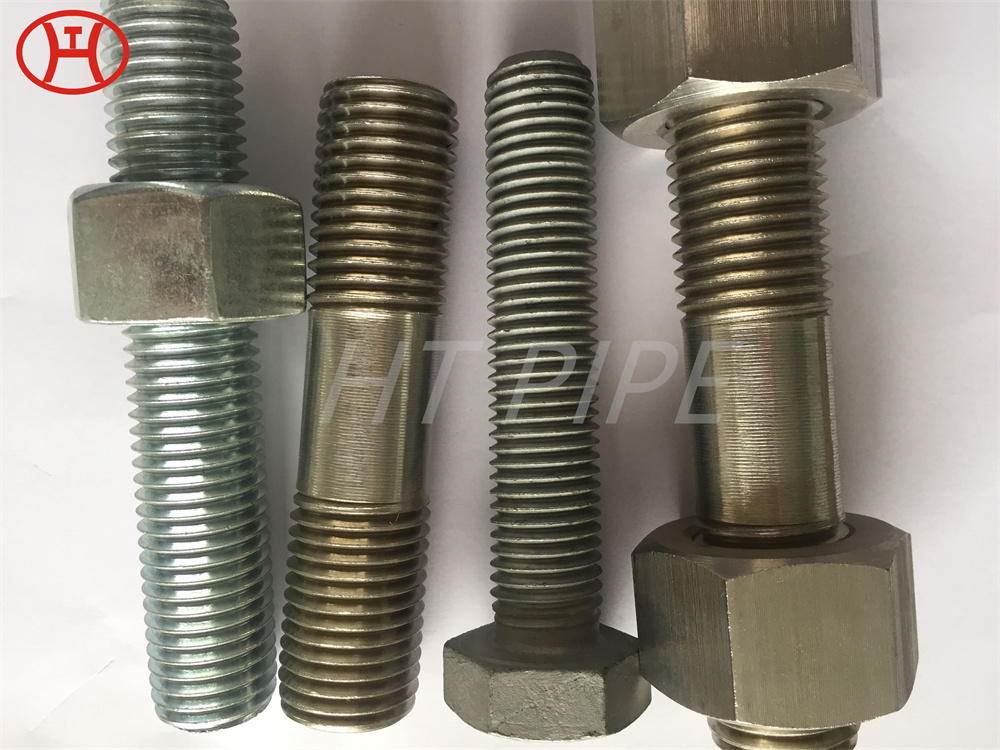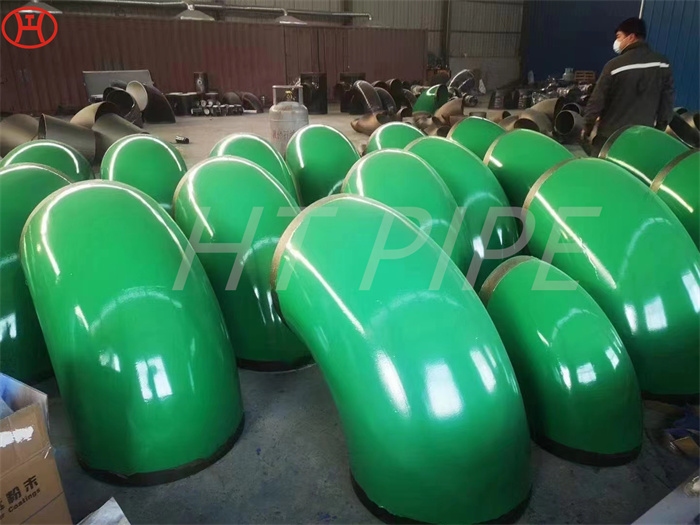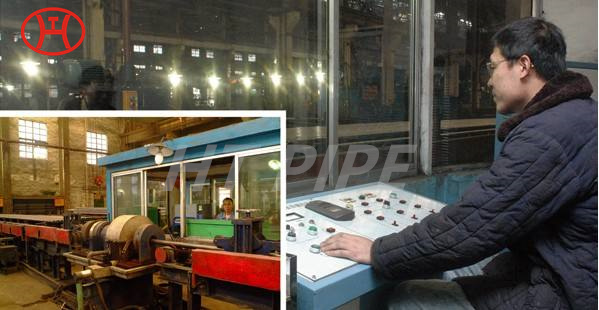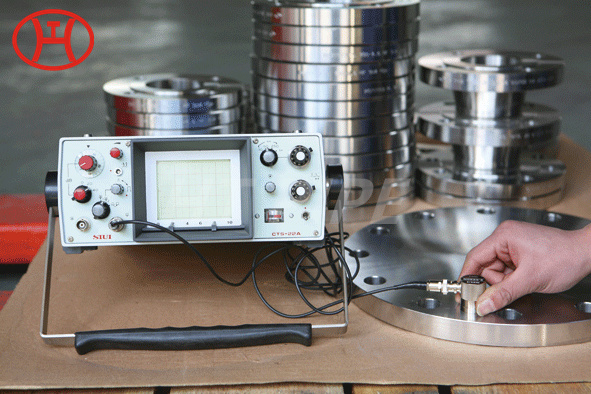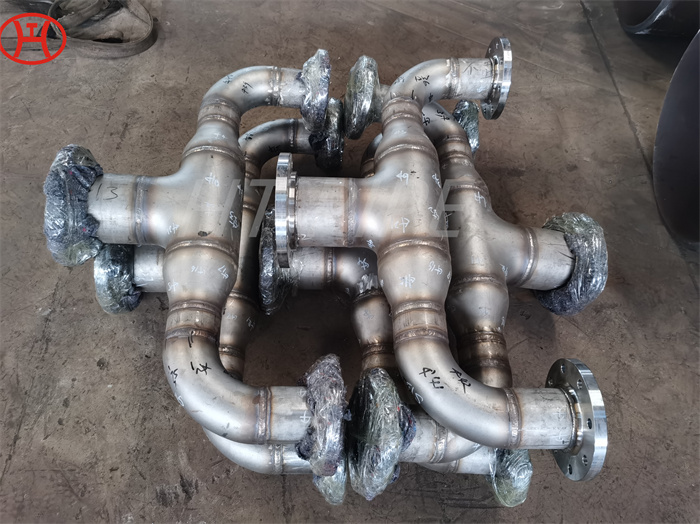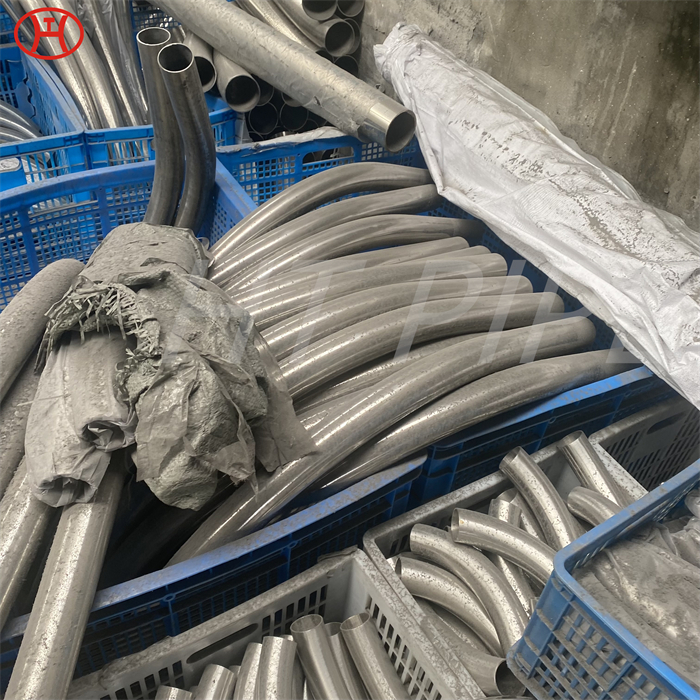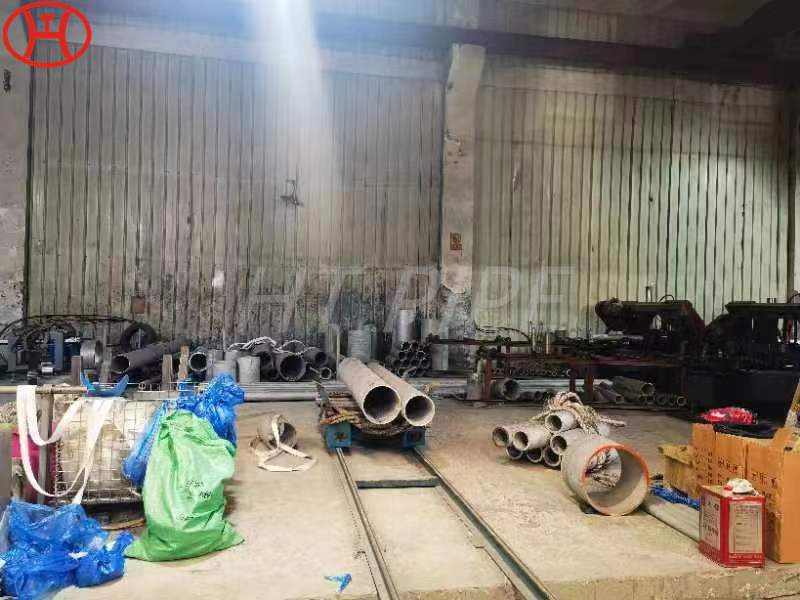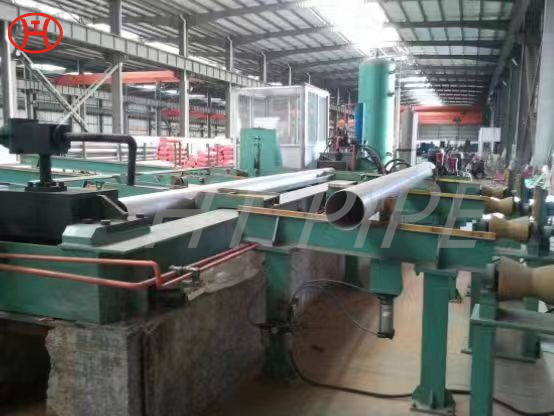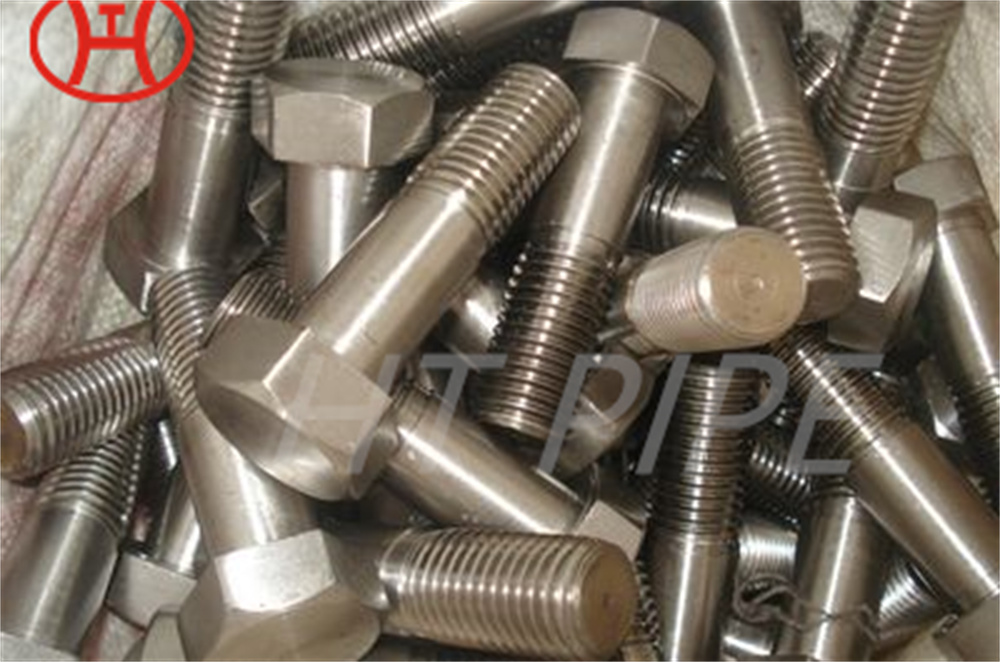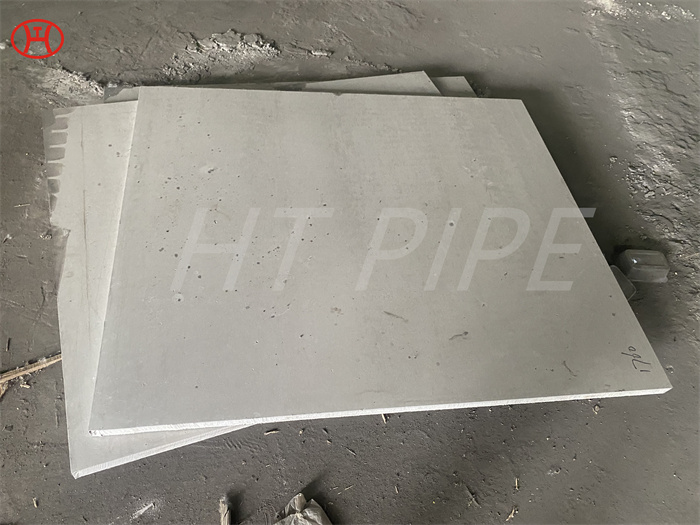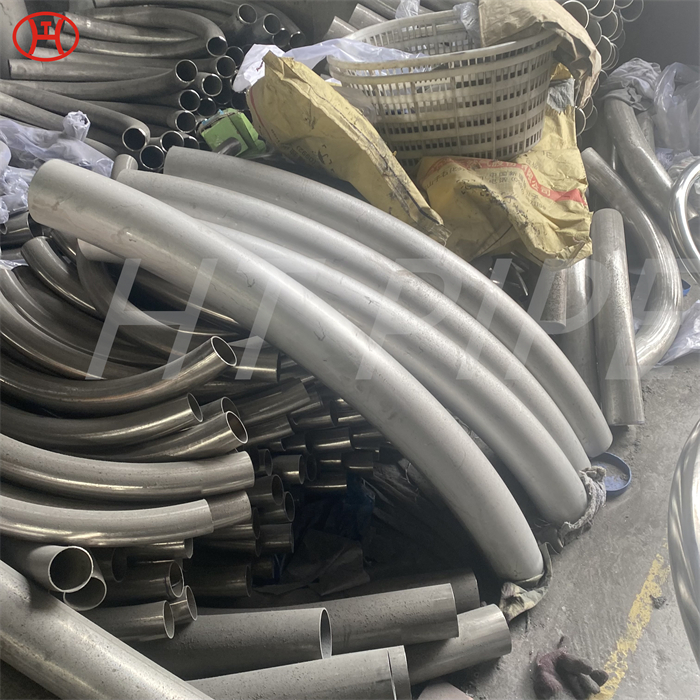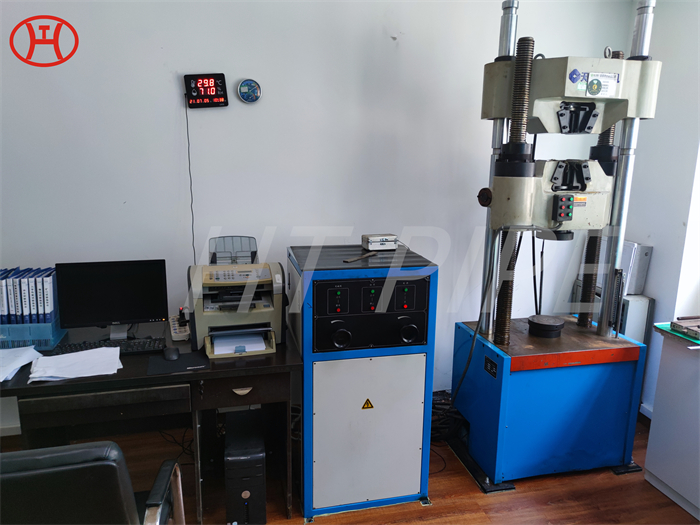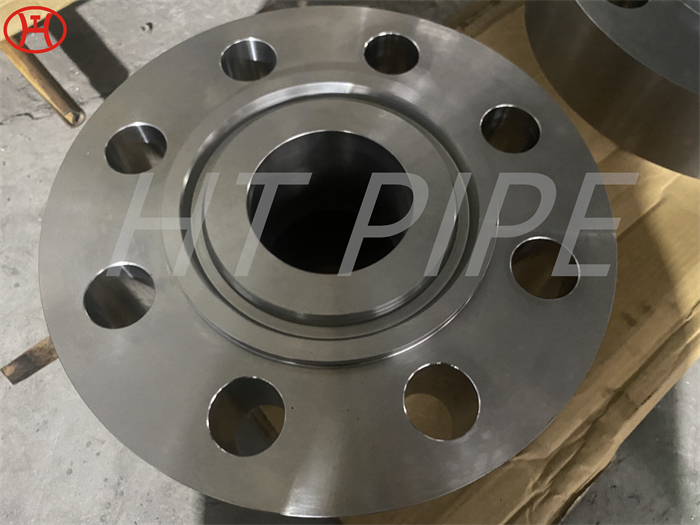DIN 2.4675 Hastelloy C2000 Blind Flanges Alloy C2000 Threaded Flanges
Like other nickel alloys, it is ductile, easy to form and weld, and possesses exceptional resistance to stress corrosion cracking in chloride-bearing solutions (a form of degradation to which the austenitic stainless steels are prone).
The most versatile of the HASTELLOY alloys are the ¡°C-type¡± alloys. C-2000 alloy combines outstanding resistance to oxidizing media with superior resistance to non-oxidizing environments and represents a true performance breakthrough for chemical process equipment applications. C-22 alloy is particularly resistant to pitting and crevice corrosion; it has been used extensively to protect against the most corrosive FGD systems and the most sophisticated pharmaceutical reaction vessels. It was designed to offer greater versatility compared to the other Hastelloy alloys. This was accomplished by increasing the chromium and molybdenum content in addition to adding a small, but effective addition of copper (1.6%). The addition of copper provides C2000 flanges enhanced temperature capability in sulfuric acid, hydrofluoric acid, and dilute hydrochloric acid.

